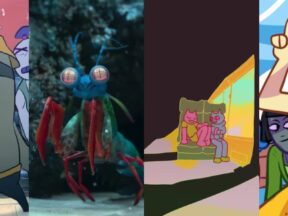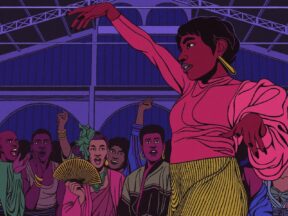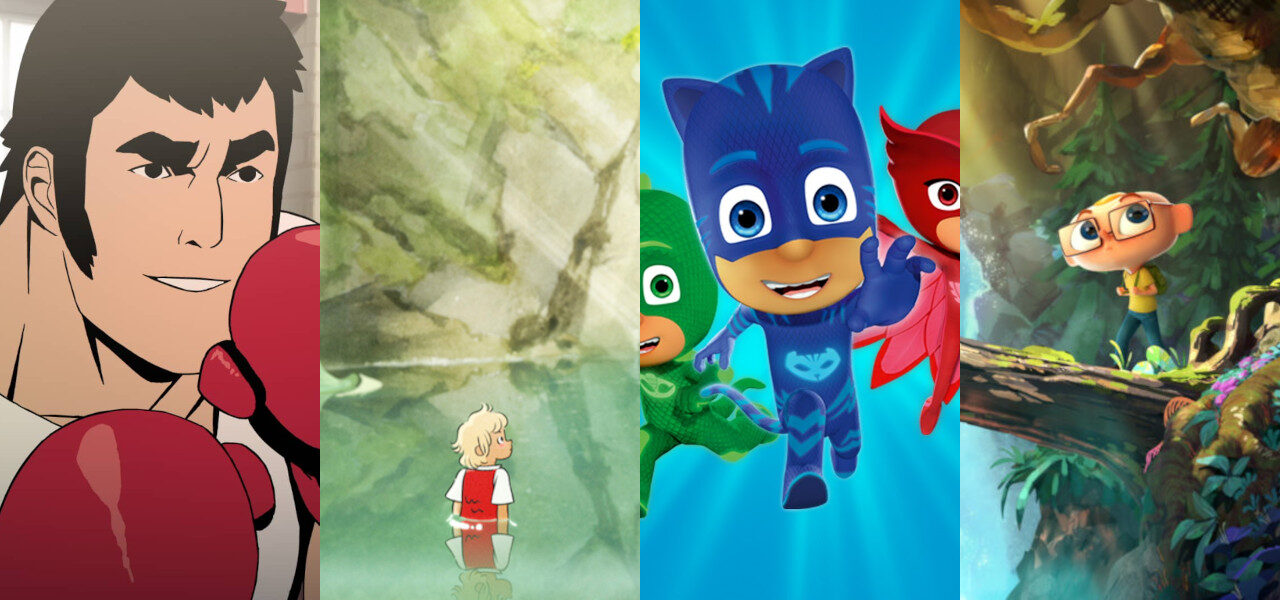
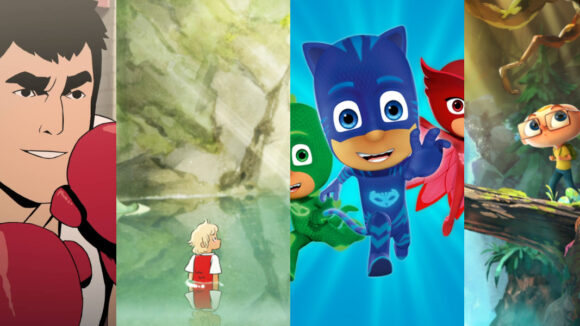
Page-To-Screen Adaptations: Advice For Turning A Book Or Comic Into An Animated Project
Cartoon Springboard, held in Madrid for the first time this year, hosted a keynote speech last week headlined by Louis Jacobée, film and TV rights manager at Éditions Gallimard, a subsidiary of Groupe Madrigall and one of France’s largest publishing groups.
Titled “Adaptation as Creation: Four Different Ways for a Book to Get Animated,” the panel looked at case studies focusing on four very different page-to-screen adaptations: Lastman, PJ Masks, Toby Alone, and In the Dark and Mysterious Forest.
Those four are only a small representation of the current adaptation ecosystem in Europe, however.
“The majority of European animation shows are adaptations, and they represent half of the animated tv programs broadcast in France,” Jacobée explained, before assuring the artists in the room that “as an animation screenwriter or graphic designer, you could be the author of an adaptation.”
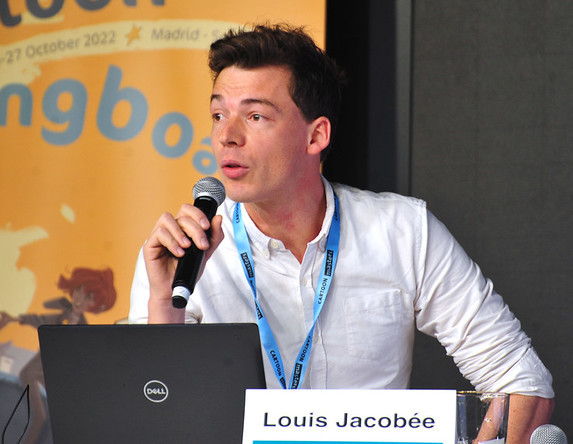
After planting that idea in the minds of the audience, he explained that it’s not uncommon for animation writers to feel “a temptation to write a book first, to adapt it as a film or tv series later.”
“However,” he asked, proposing the day’s key question, “does it make sense to write the book before? Is that a step or a detour?”
Jacobée outlined both the creative and strategic virtues of writing a book, comic, or graphic novel before trying to get a new idea made into a series or film.
A Creative Step
According to Jacobée, the process of writing a book is often just one creative step in a larger journey. From the start, a creator doesn’t need to convince anyone but themselves to begin writing. And even after the process has been initiated, there are fewer obstacles along the way in getting a book published than there are in producing a film or series.
Writing a book is also cheap and allows the creator to inject as many characters and backgrounds as they want along the way. The narrative isn’t limited by what one can afford to put on the screen. A writer can also use the process to improve on the original concept and see their idea in a complete and finished form, even if it isn’t exactly what they’d originally planned. And the creator is given an early opportunity at getting feedback from readers before beginning production.
A Strategic Step
From a commercial perspective, there are plenty of reasons to start with a book as well. First, it allows the story to build and bring an audience along when the project is ready to be pitched as a film or series. It also acts as proof that the creator can build an audience in the first place.
Getting a book published first also means that the creator has the publisher as an ally. In an ecosystem where adaptations are commonplace, a book publisher can be one of the most important allies any creator could ask for when they bring their project into the film and tv market. And, perhaps most importantly, writing a book first often ensures that its creator remains in charge of the property on any future adaptations.
Case Studies
Jacobée provided four recent or ongoing examples of book-to-screen adaptations that faced different hurdles along the way and offered anecdotes on how those stumbling blocks were overcome.
- Lastman – A popular French comic series of 12 volumes, Lastman was adapted as a series by Everybody on Deck and Tchack, executive produced by Je Suis Bien Content. In this instance, one of the original book’s authors, Balak, worked with screenwriters on writing a prequel to the comics, which were never intended to be adapted in the first place.
- Toby Alone – based on the novels of Timothée de Fombelle, Toby Alone required the creation of an entire visual world as the books feature only a few basic sketches. The adaptation also needed to be simplified, as the books featured a complex universe that would have been difficult to fit into a 12-hour animated series.
- PJ Masks – the most famous case study offered up by Jacobée was PJ Masks, originally a series of children’s picture books by Romuald Racioppo. Facing almost the exact opposite problem of Toby Alone, the narratives from the original books needed to be stretched out to complete the 12-minute episode series order made by Disney Junior.
- In the Dark and Mysterious Forest – Adapting this comic strip into a cg feature offered unique challenges, as its creator Winshluss often used elements of printed comics, such as panels, as part of the delivery method for his story. There were also narrative issues that the writers’ room had to work through, as the original had a too-dark sense of humor for the film’s young target audience.
As his time wrapped up, Jacobée summarized the general advantages of writing a book first. He argued that a preexisting book is useful as a guide for the entire duration of a show, regardless of the number of episodes or seasons. It’s something that a creator can initiate themselves and requires less convincing to get made. Additionally, the obstacles facing creators along the way could come up during production, so the book-writing and publishing processes can be a great learning tool.
He did warn that writing a book and making a film or series are entirely different jobs, and creators need to be aware of that and highly trained in both areas if they want to achieve any level of success. And, in his final suggestion of the day, Jacobée told the room that anyone who chooses to start by writing a book, comic, or graphic novel, needs to do so for the sake of writing that book, not only as a means to an end.
Pictured at top: Lastman, Toby Alone, PJ Masks, In the Dark and Mysterious Forest

.png)
